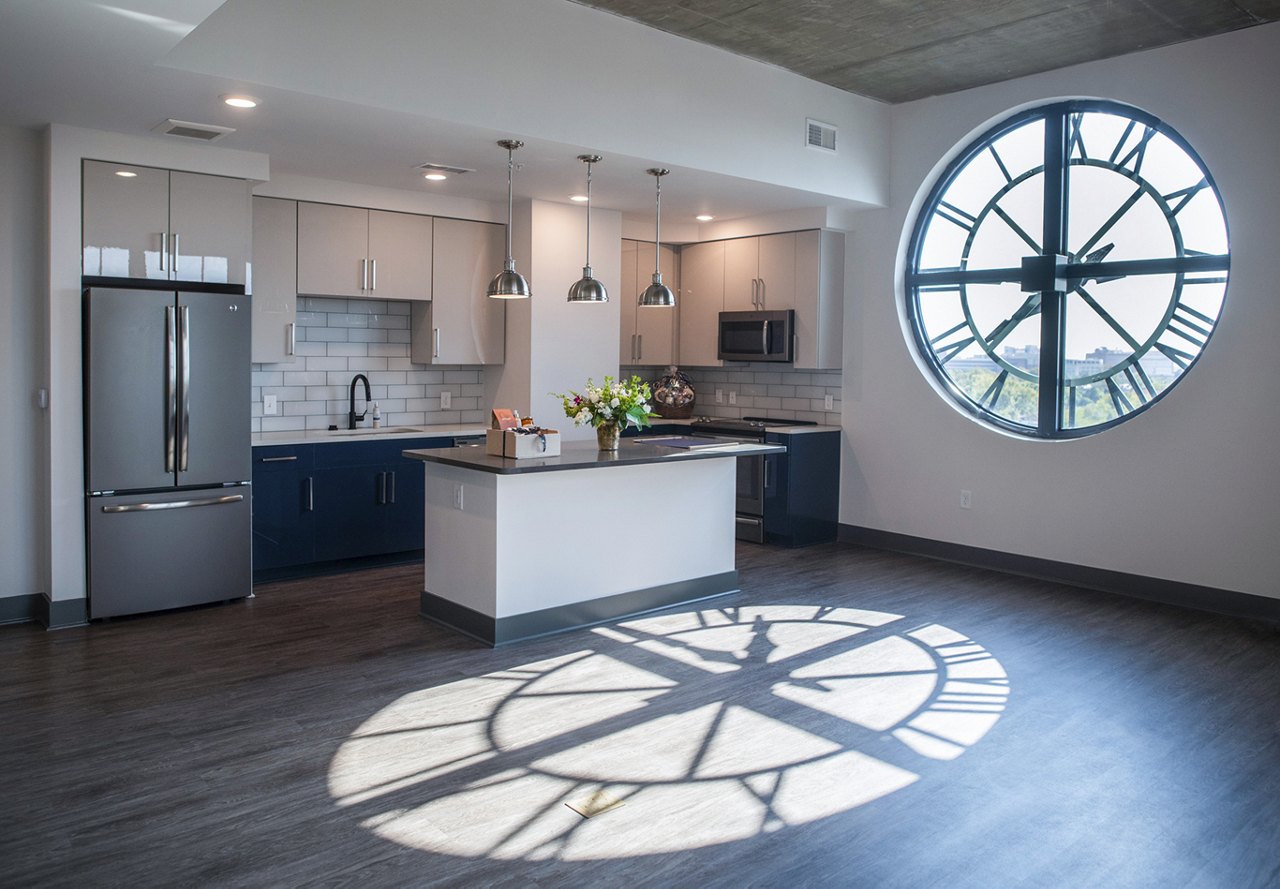Old vs. New Apartment Buildings
Apartments and Communities
February 19, 2025
When deciding between old vs. new buildings for your next apartment, understanding the key differences in design, amenities, and costs is essential. Recent trends indicate a significant demand for both types of properties, each offering unique advantages depending on your lifestyle and preferences.
Let’s break down what to consider when choosing between an old apartment building and a new one.
Design and Architectural Appeal
Old apartment buildings often feature distinctive architectural elements like high ceilings, detailed woodwork, and large windows. These historic designs appeal to renters who value charm and craftsmanship. However, recent statistics show that renters are increasingly drawn to modern layouts. In 2025, cities like Austin and Phoenix are expected to add over 30,000 new apartments combined, reflecting growing demand for contemporary, open-concept living spaces.
Modern Amenities and Sustainability
New buildings often include cutting-edge amenities such as smart home systems, coworking spaces, and energy-efficient appliances. This trend is especially strong in metro areas like Austin, where 56% of all new units in 2024 included eco-friendly features like water-saving technologies.Meanwhile, cities like Phoenix have shifted their urban development toward sustainability, making their new constructions more appealing to environmentally conscious renters.
If you're drawn to historic character but want modern conveniences, renovated apartments offer a blend of old and new. According to RentCafe, adaptive reuse projects surged by 17.6% in 2023, creating 12,713 new apartments. This trend is expected to continue, with 151,000 units currently in development, including 58,000 from former office spaces. Many of these conversions preserve original architectural details while incorporating modern upgrades, particularly in urban areas where new construction is limited.
Cost Considerations
While older buildings may initially offer lower rents, they often come with higher maintenance costs, especially if significant updates haven’t been made. New apartment buildings, by contrast, typically have higher rental prices but benefit from lower ongoing maintenance expenses due to modern construction standards and energy-efficient systems.In 2024, the U.S. rental market experienced a modest decline, with the national median monthly rent decreasing by approximately 0.5% year-over-year, bringing the median rent to $1,370 in January 2025.
This slight reduction in rent growth provided temporary relief to renters. However, forecasts indicate that rents are expected to rise again in 2025 and 2026 as the current surplus of apartment supply is absorbed.
For renters seeking a cost-effective option with modern features, renovated apartments provide a balanced alternative, offering updated interiors without the premium of brand-new constructions.
Location and Accessibility
Older buildings are often located in well-established neighborhoods close to public transit and city centers, making them ideal for those prioritizing convenience. New developments, by contrast, are frequently built in emerging areas, offering more space but potentially requiring longer commutes. For instance, between 2023 and 2024, Dallas experienced significant growth in new apartment construction, with over 55,000 units under construction at the start of 2024, primarily in suburban areas such as Allen, McKinney, Frisco, and Denton.
Community and Lifestyle
New buildings frequently come with community-focused amenities like fitness centers, lounges, and event spaces, fostering a more social living environment. In contrast, older buildings may offer a quieter, more private experience. Whether you value social engagement or tranquility, both types of properties can accommodate different lifestyles.
Conclusion
The decision between old and new buildings comes down to personal preferences. Whether you’re charmed by the character of an old apartment building, enticed by the luxury of a modern high-rise, or interested in the blend of style and function found in renovated apartments, there are plenty of options to suit your needs.Greystar’s diverse portfolio includes both contemporary developments and repurposed historic properties, ensuring a perfect fit for any lifestyle. With the right insights and a clear understanding of your priorities, you’ll be well-equipped to make your next move confidently.
The information presented on or through this Website is made available solely for general information purposes. We do not warrant the accuracy, completeness, or usefulness of this information. Any reliance you place on such information is strictly at your own risk. We disclaim all liability and responsibility arising from any reliance placed on such materials by you or any other visitor to this Website, or by anyone who may be informed of any of its contents. Any reference to amenities, services, rules, policies, or procedures at a Greystar apartment community is general in nature, and each Greystar apartment community may have amenities, services, rules, policies, and procedures that differ from those referenced on this Website. Please consult with your Greystar apartment community for the exact amenities, services, rules, policies, or procedures applicable.
This Website may include content provided by third parties, including materials provided by other users, bloggers, and third-party licensors, syndicators, aggregators, and/or reporting services. All statements and/or opinions expressed in these materials, and all articles and responses to questions and other content, other than the content provided by Greystar, are solely the opinions and the responsibility of the person or entity providing those materials. These materials do not necessarily reflect the opinion of Greystar. We are not responsible, or liable to you or any third party, for the content or accuracy of any materials provided by any third parties.






